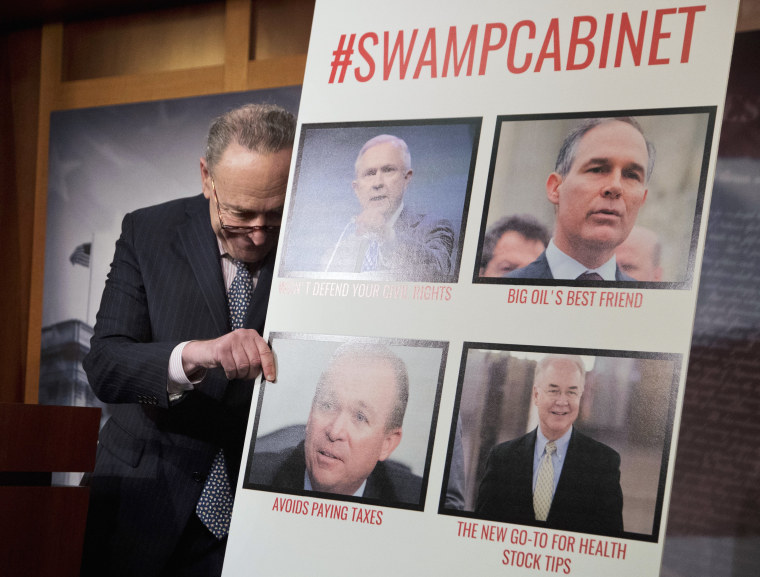Like most things involving President-elect Donald Trump, his Cabinet nominees have not come without controversy and breaks with convention.
Thursday, incoming White House press secretary Sean Spicer responded to criticism of Trump for having a Cabinet that is less diverse than those of many of his predecessors.
RELATED: Everyone In Donald Trump’s Cabinet
"What you're seeing — and you're going to continue to see not just through the Cabinet, but through the entire thing — is a diversity in gender, diversity in thinking, diversity of ideology," he said.
Groups representing minorities and women have criticized Trump and his administration for their nominees, saying the lineup is a generational throwback. The question arises because, along traditional measurements of diversity — race in particular — Trump's Cabinet looks a lot more like those of Presidents Ronald Reagan and George H.W. Bush than those of any other president's.
So what does Trump's Cabinet makeup look like?

Trump's Cabinet breaks with a 29-year trend of selecting at least one Hispanic, dating to 1988, when Lauro Cavazos was confirmed as education secretary during Reagan's last year in office.
Leaders in the Hispanic community say that, nonetheless, they are hopeful that Hispanics will occupy leadership positions below Cabinet level.
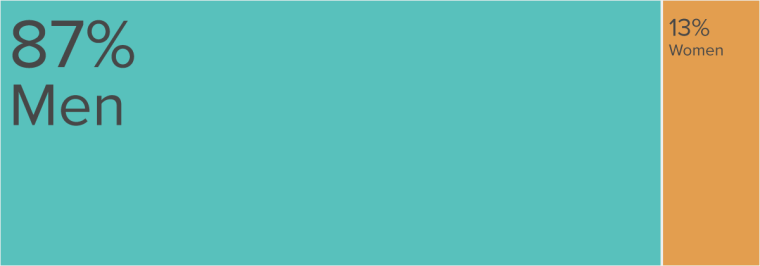
The number of women in Trump's first Cabinet is the same as George W. Bush's, but it is a sharp reduction from President Barack Obama's.
The number of women grows if you expand it beyond traditional Cabinet-rank status — but only by two: South Carolina Gov. Nikki Haley as ambassador to the United Nations and Linda McMahon as head of the Small Business Administration. The New York Times created a handy tracker of women in Trump's and previous Cabinets.
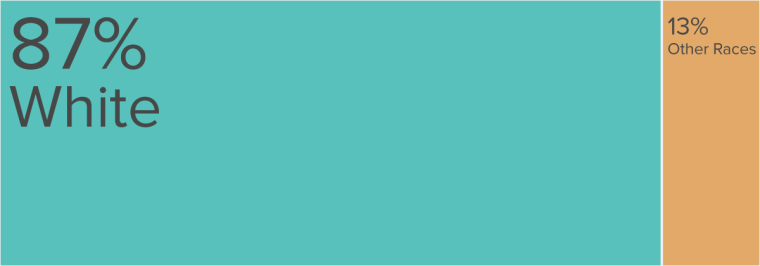
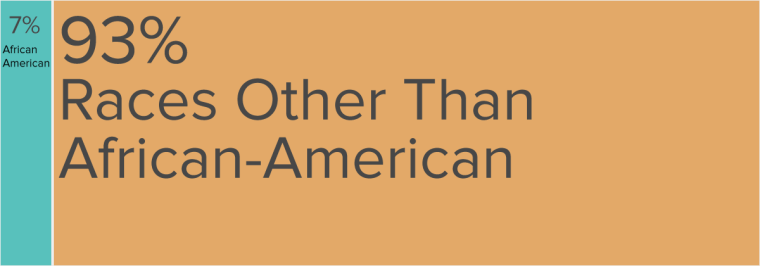
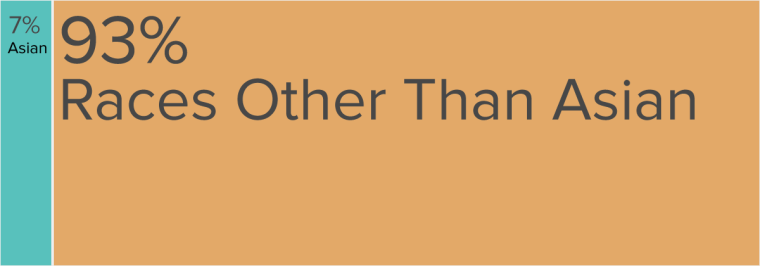
The number of non-white Cabinet members Trump selected similarly requires going back to the Reagan administration for historic comparison. Trump has made two non-white Cabinet picks: Ben Carson, who is African-American, as secretary of housing and urban development, and Elaine Chao, who is Asian-American, as transportation secretary.
Reagan chose one African-American, Samuel Pierce at HUD. Chao also served as labor secretary under George W. Bush, who selected Colin Powell for secretary of state and Rod Paige for education secretary, both of them African-American, in his first Cabinet. Bush's father selected Louis Sullivan, who is African-American, to be secretary of health and human services, and Manuel Lujan Jr., who is Hispanic, as interior secretary.
Trump's Cabinet aligns with the voters who elected him — a disproportionately white coalition.
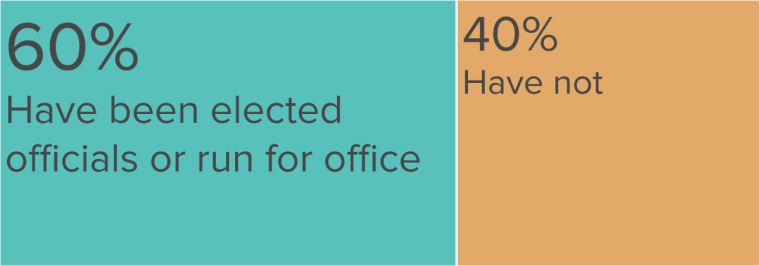
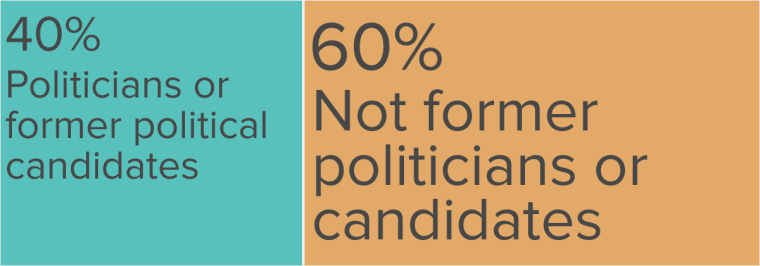
Where do Trump's nominees come from? They tended not to be Washington insiders, consistent with his theme of contrarianism. Instead, they run the gamut, from chief executives to doctors to financial executives.
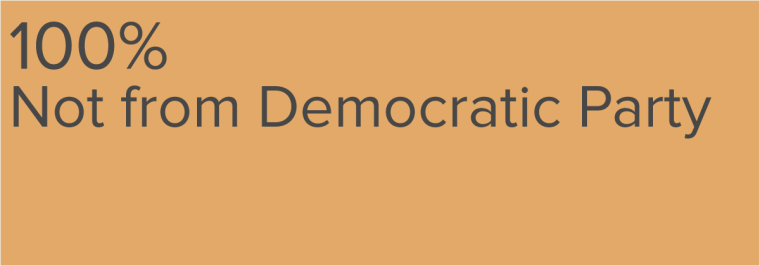
Lastly, Trump's Cabinet will be the first in a generation without a member from the opposing party. George H.W. Bush had Norm Mineta as transportation secretary and Lauro Cavazos as education secretary, while Obama had Ray LaHood as transportation secretary and Robert Gates as defense secretary.
President Bill Clinton didn't appoint a Republican in his first Cabinet in 1993. But he picked Republican Bill Cohen for defense secretary in his second term.
